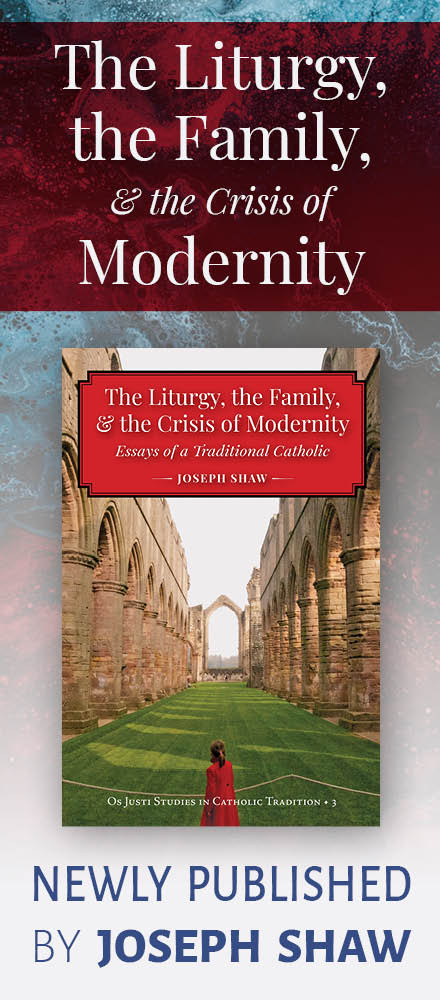The Fraternity of St Peter’s church in Chesapeake, Virginia, St. Benedict’s, will have a blessing of a new organ, followed by an organ Prelude and then Solemn High Mass, on August 22nd, the feast of the Immaculate Heart of Mary (EF), starting at 7 p.m. A reception will follow the Mass. The website of the Berghaus Pipe Organ Builders, the company that built and installed the organ, has a number of pictures documenting the various phases of the project, from design to construction and installation.
The Blessing of an Organ, from the Roman Ritual
V. Our help is in the name of the Lord
R. Who made heaven and earth.
Psalm 150
Praise ye the Lord in his holy places: * praise him in the firmament of his power.
Praise him for his mighty acts: * praise him according to the multitude of his greatness.
Praise him with sound of trumpet: * praise him with psaltery and harp.
Praise him with timbrel and choir: * praise him with strings and organs.
Praise him on high sounding cymbals: praise him on cymbals of joy: * let every spirit praise the Lord.
Glory be. As it was.
V. Praise the Lord with timbrel and choir.
R. Praise him with strings and organs.
V. The Lord be with you.
R. And with thy spirit.
Let us pray. God, who though Thy servant Moses, commanded that trumpets be made to be sounded over the sacrifices that would be offered to Thy name, and Who though the sons of Israel, willed that the praise of Thy name be sung with trumpets and cymbals: bless +, we ask Thee, this instrument of the organ, dedicated to Thy worship; and grant that Thy faithful, rejoicing in spiritual canticles upon this earth, may merit to come to eternal joys in heaven. Through our Lord Jesus Christ, Thy Son etc. (The organ is sprinkled with holy water.)
(Deus, qui per Moysen famulum tuum tubas ad canendum super sacrificiis, nomini tuo offerendis, facere praecepisti, quique per filios Israel in tubis et cymbalis laudem tui nominis decantari voluisti: bene+dic, quaesumus, hoc instrumentum organi, cultui tuo dedicatum; et praesta, ut fideles tui in canticis spirituilibus jubilantes in terris, ad gaudia aeterna pervenire mereantur in caelis. Per Dominum etc.)























